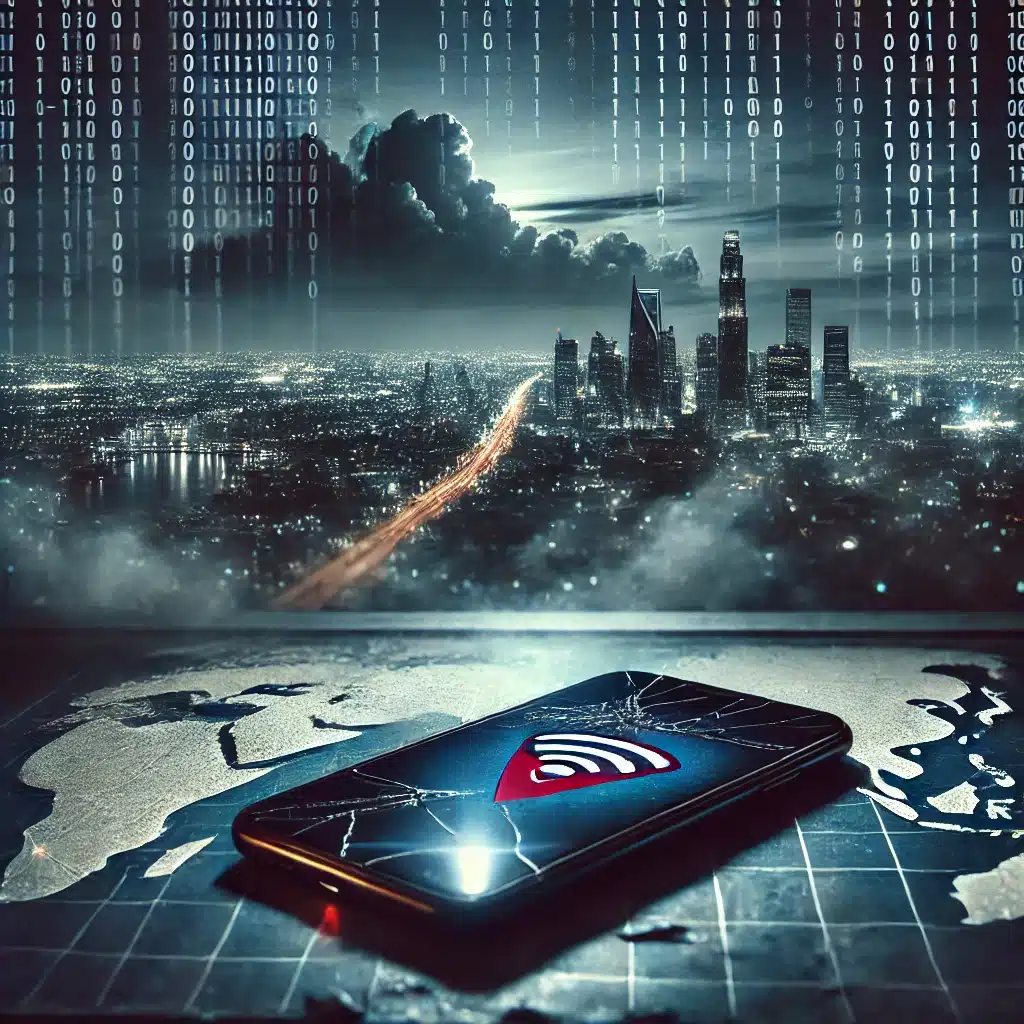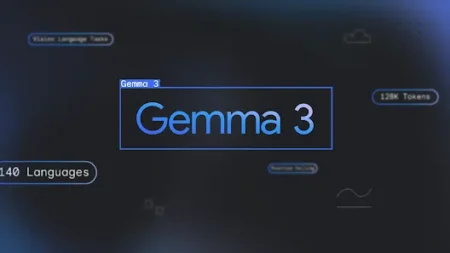
As tensions flare and the possibility of a greater conflict between India and Pakistan grows, there is a need not just for restraint and awareness but also for digital discipline – a “Digital Blackout.”
In a hyper-connected world, social media is no longer just a place to share updates and opinions. It can quickly become a tool for surveillance, psychological warfare, and even targeting. What we share, tag, or livestream in real time can offer adversaries valuable insight into troop movements, locations of strikes, or emergency response coordination.
This is where the idea of a digital blackout comes in—a voluntary, civic-minded effort by citizens to protect national security and human lives by limiting the spread of sensitive digital information.
Here’s what that looks like in practice, and why it matters now more than ever.
1. No Livestreaming or Real-Time Posts
When conflict breaks out, the instinct is to film it—to capture what’s happening and share it instantly. But real-time video content (especially geotagged) can give away locations of military units, emergency services, or critical infrastructure.
Instead:
-
Refrain from going live on Instagram, Facebook, or YouTube.
-
Avoid uploading videos or photos during or immediately after an event.
-
If you must post later, strip metadata (like location) before doing so.
What may seem like a harmless reel can become a tactical advantage for someone watching.
2. Disable Location Services
Your phone knows where you are—and if your apps do too, so might others.
What to do:
-
Turn off GPS or location permissions on apps like WhatsApp, Instagram, Snapchat, and Twitter.
-
Don’t tag your current location in posts or stories.
-
Avoid using check-ins, geo-filters, or maps when posting content.
Even a selfie with a familiar building in the background can be triangulated by someone with bad intentions.
Also read: How to Get a VPN and Secure Your Online Privacy
3. Stop Sharing Military or Rescue Movements
It might feel patriotic to share a video of military vehicles passing by or aircraft flying overhead. But in times of active conflict, this can put operations at risk.
What not to share:
-
Videos of air raid sirens, missile interceptions, or troop convoys.
-
Photos of shelters, hospitals, or critical installations.
-
Information on how, where, or when emergency services are responding.
Adversaries are watching—and open-source intelligence (OSINT) is a real, effective tool they use.
4. Avoid Speculation or Unverified News
Rumors can travel faster than facts, especially during conflict. False alarms, doctored videos, AI-generated content like deepfakes and unverified claims can cause panic or worsen the situation.
How to stay responsible:
-
Share news only from credible sources–possibly government sources.
-
Avoid resharing messages or forwards with no clear origin.
- Do not click on links received over messaging platforms as these could be phishing links laced with malware.
-
Fact-check before you post and/or share.
In uncertain times, calm information is a public service.
Also read: How Deepfake Threats Are Reshaping Security Strategies in India
5. Switch to Secure, Encrypted Channels
If you need to communicate, especially with family near affected areas, use secure platforms.
Best practices:
-
Use end-to-end encrypted apps like Signal or WhatsApp (with disappearing messages enabled).
-
Avoid making sensitive calls over regular cellular networks.
-
Don’t share critical info (like shelter locations) in open or public chat groups.
Privacy isn’t just about personal security—it can be national security too.
6. Resist the Urge to “Chronicle” the War
There will be many documenting the events—journalists, emergency personnel, and official sources. You do not need to become one yourself.
In moments of high emotion, it’s tempting to show the world what’s happening around you. But that temptation needs to be weighed against the real risks.
Sometimes, silence is safer.
7. Educate Others—Kindly
Not everyone will know why a digital blackout matters. You may see friends or relatives posting real-time videos or tagging locations.
What you can do:
-
Send them a private message explaining why it’s dangerous.
-
Share guidelines or government advisories when available.
-
Encourage others to pause before they post.
This isn’t about censorship—it’s about responsibility.
Why a Digital Blackout Works
We often think of warfare as something fought with weapons. But today, information is just as powerful. Knowing where, when, and how something happened—especially in real-time—can be the difference between success and disaster for military operations or rescue efforts.
India has one of the largest internet-connected populations in the world. In times of war, that reach can either be an advantage—or a vulnerability.
A digital blackout is not about silence. It’s about protection. About choosing security over virality. It’s an act of collective discipline, one that can make a real difference.
In moments of national urgency, the most patriotic thing you can do might be not to post.
Source: Read More


